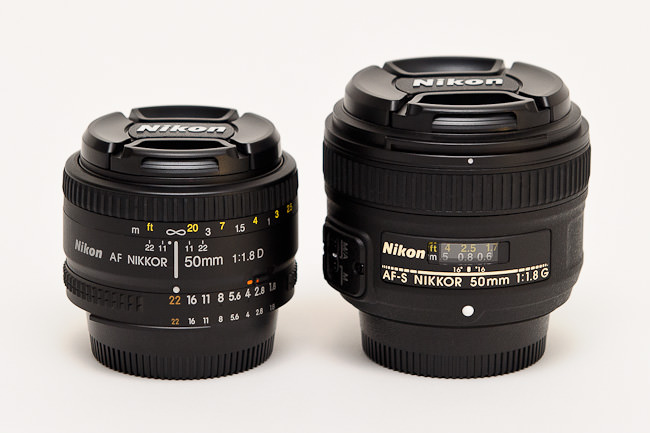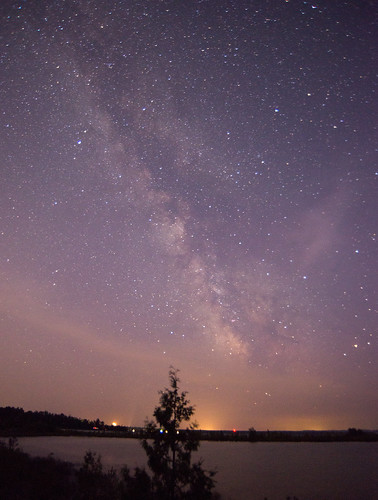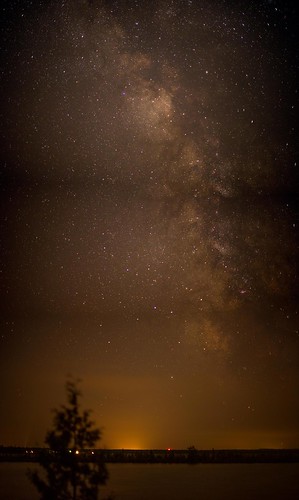- Joined
- Aug 15, 2013
- Messages
- 13,698
- Reaction score
- 3,373
- Location
- SE Michigan
- Can others edit my Photos
- Photos OK to edit
Essentially, the "G" lenses do not allow you to manually control the Aperture.
The older non-G lenses allow you to control the Aperture manually if you so desire.
The lens on the left is the 50mm AF-D lens (identified as ... 50mm 1:1.8 D )
note: the older AF (non "D") lens also looks exactly the same just without the D identifier.
the lens on the right is the 50mm G lens
Notice the lower portion of the D lens with the numbers of 22,16,11,8,5.6, etc. This area can rotate and allow you to change the aperture manually.
Those numbers do not exist on the G lens.
The D lens has a lock (the little orange knob above the 2.8) so that the camera can control the aperture just like the G lens (which doesn't even have an option)

The newer G lens also allows you to override focus just by grabbing the focus ring. The D lens requires you to flip a switch on the body to change focus manually.
The other main difference you cannot see is that the G lens has a peizo-electric or ultrasonic or some patented doohickie focusing motor built into the lens body itself.
The older AF/D lens bodies do not have this and require the camera body itself to have a focus motor - which are in current Nikon d7x00, d6x00, d750, d8x0, d4, d3 bodies.
New Nikon bodies such as the d3x00 and d5x00 do not have a focus motor and thus require the G lens.
The older non-G lenses allow you to control the Aperture manually if you so desire.
The lens on the left is the 50mm AF-D lens (identified as ... 50mm 1:1.8 D )
note: the older AF (non "D") lens also looks exactly the same just without the D identifier.
the lens on the right is the 50mm G lens
Notice the lower portion of the D lens with the numbers of 22,16,11,8,5.6, etc. This area can rotate and allow you to change the aperture manually.
Those numbers do not exist on the G lens.
The D lens has a lock (the little orange knob above the 2.8) so that the camera can control the aperture just like the G lens (which doesn't even have an option)

The newer G lens also allows you to override focus just by grabbing the focus ring. The D lens requires you to flip a switch on the body to change focus manually.
The other main difference you cannot see is that the G lens has a peizo-electric or ultrasonic or some patented doohickie focusing motor built into the lens body itself.
The older AF/D lens bodies do not have this and require the camera body itself to have a focus motor - which are in current Nikon d7x00, d6x00, d750, d8x0, d4, d3 bodies.
New Nikon bodies such as the d3x00 and d5x00 do not have a focus motor and thus require the G lens.

 20150811_NightSky-03
20150811_NightSky-03 20150823_MilkyWay-01_stitch1
20150823_MilkyWay-01_stitch1




![[No title]](/data/xfmg/thumbnail/34/34350-d994760811e60909016e63fa23ff2e4d.jpg?1734164897)





